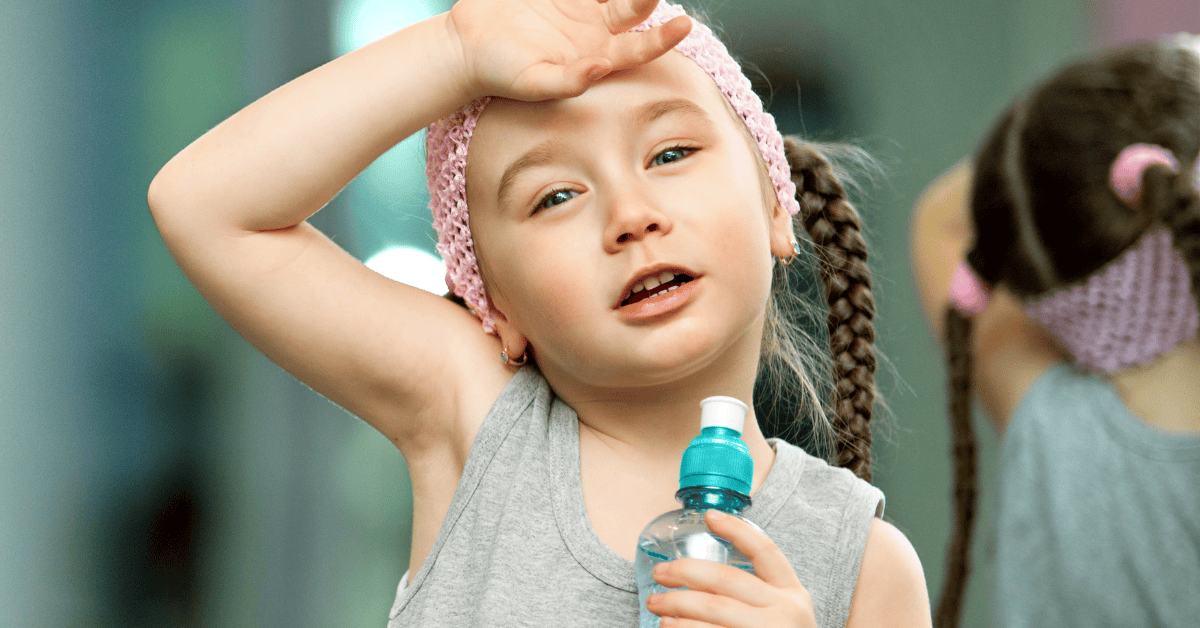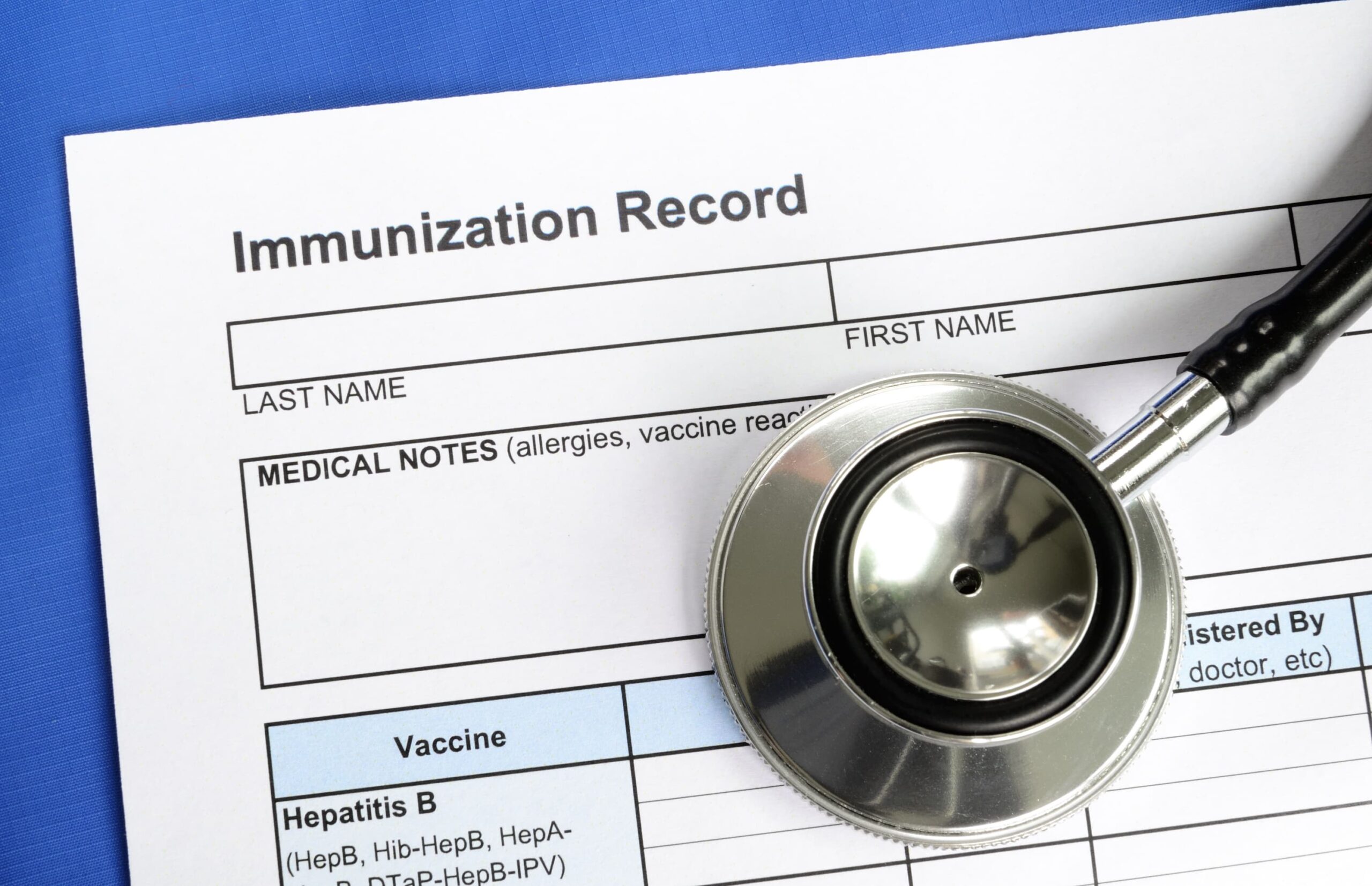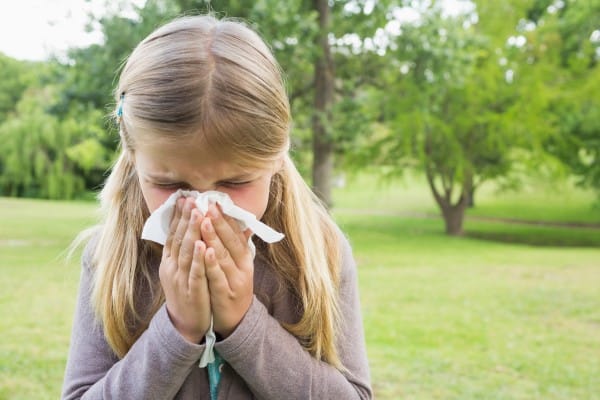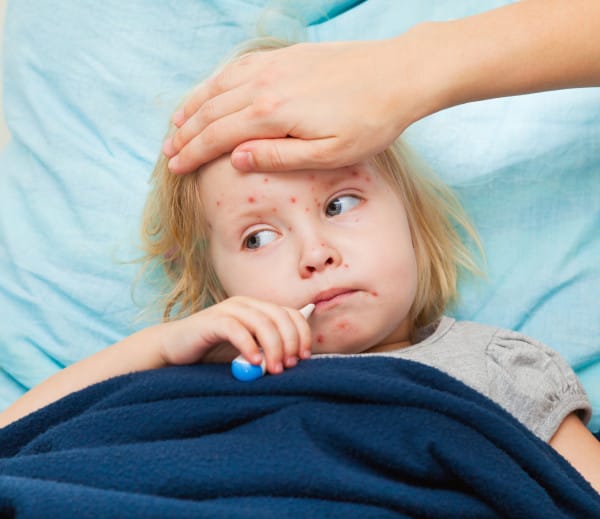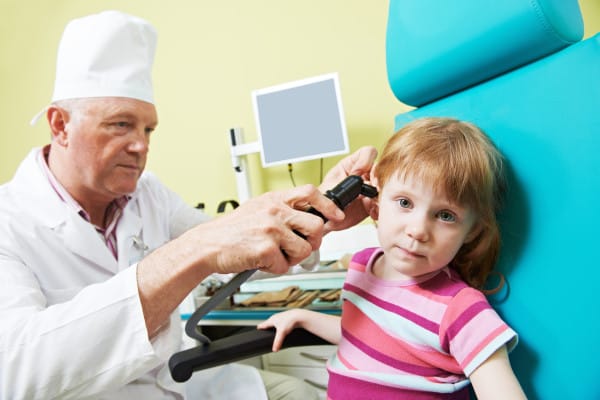Kids and babies are more susceptible to heat-related illnesses than adults, so it’s especially important to keep an eye on our little ones during the hot summer months. Heat-related illnesses range from mild (heat rash and heat cramps) to severe (heat exhaustion and heat stroke).
This article covers the symptoms and home treatment of heat-related illnesses, homeopathic remedies for heat-related illnesses, and information about when to contact a doctor.
Prevention of heat-related illnesses involves making sure kids stay hydrated, dressing children and babies appropriately for hot weather, and taking lots of breaks to cool down when needed.
Heat Rash
Heat rash, aka prickly heat or milia, is common in babies but can occur in people of all ages. Heat rash is caused by sweat that is trapped in the skin. It often occurs in skin folds and where clothes rub against the skin.
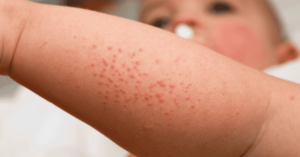 Milaria crystallina is the mildest form of heat rash. The rash consists of small, fragile, fluid-filled blisters.
Milaria crystallina is the mildest form of heat rash. The rash consists of small, fragile, fluid-filled blisters. - Milaria rubia occurs deeper in the skin. This type of heat rash shows up as itchy or prickly blister-like bumps.
- Milaria pustulosa occurs when the bumps of milaria rubia fill with pus.
- Milaria profunda affects the deepest layer of the skin. At this layer, heat rash produces large, firm, painful, itchy goose-egg-like bumps.
Heat rash usually isn’t serious and goes away shortly after the affected person cools down. Treatment focuses on cooling down to stop sweating and relieve the itch and pain.
Cool down with cool baths and showers. Gently scrub the skin to help unblock pores. Dry the skin thoroughly to prevent further irritation. Oatmeal, sandalwood, rose, and chamomile can be added to baths to soothe the skin. Light creams and lotions with aloe, zinc, and soothing botanicals may be helpful but stay away from irritating synthetic fragrances and heavy creams or oils that block pores.
Vitamin C is reported to help treat heat rash. Some other natural remedies for heat rash include chamomilla 30C (heat rash in babies and children), apis 30C (when the heat rash is very red and stings), sulphur 200C (when the rash burns and itches), and hepar sulph 30C (when pus is present). These remedies can be taken every 1-4 hours until symptoms improve.
Read more: How To Use Homeopathic Remedies – A Quick-Start Guide For Families – Dr. Green Mom or How To Use Oatmeal Baths For Soothing Itchy Skin – Dr. Green Mom
Note: See a doctor if the rash doesn’t get better within a day or two or it continues to worsen.
Heat Cramps
Heat cramps are a type of muscle cramp that occurs during or after exertion in extreme heat. These cramps occur because of dehydration and electrolyte imbalance. Kids and adults over 60 are at higher risk, as are those who aren’t accustomed to working and playing in the heat.
The treatment of heat cramps focuses on cooling the body, rehydrating, and replenishing electrolytes.
Strategies to cool down include removing heavy clothing, taking a cool shower/bath, and sitting near fans or air conditioners. Rehydration drinks containing sodium and potassium are key to replenishing electrolytes and water. Cow milk and breast milk are also ideal for rehydrating.
Magnesium is helpful for relieving muscle cramps. Magnesium is an ingredient in my homemade electrolyte drink recipe. Epsom salt baths, which contain magnesium sulfate, may also provide relief.
Cuprum metallicum 30C and magnesium phosphoricum 6C are good homeopathic remedies for heat cramps. These homeopathic remedies can be taken as often as needed to relieve cramps.
Read more: Signs of Dehydration & Homemade Electrolyte Drink Recipe – Dr. Green Mom
Heat Exhaustion
Heat exhaustion occurs when people are exposed to high temperatures that their bodies struggle to regulate. The risk of heat exhaustion increases when exercising outdoors, if sunburn is present, and in small spaces that aren’t air-conditioned (especially vehicles).
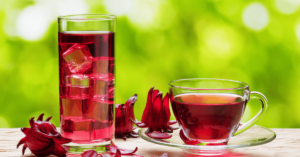 Symptoms of heat exhaustion include some, or all, of the following: dizziness, nausea, lightheadedness, profuse sweating, rapid pulse, headache, and muscle cramps. The skin may feel cool or cold even in extreme heat. Goosebumps may be present.
Symptoms of heat exhaustion include some, or all, of the following: dizziness, nausea, lightheadedness, profuse sweating, rapid pulse, headache, and muscle cramps. The skin may feel cool or cold even in extreme heat. Goosebumps may be present.
Heat exhaustion is treated by moving to a cool place, cooling the body, resting, and ensuring hydration and electrolyte balance. People usually recover within a couple hours of cooling down and rehydrating, but it’s a good idea to take it easy for the next day or so. After getting heat exhaustion, people tend to be more sensitive to heat for the following week or two.
Iced herbal teas or popsicles made with cooling herbs like hibiscus, mint, and chrysanthemum can give overheated kids a sense of relief.
Homeopathic remedies like gelsemium 200C (for heat-induced drowsiness), china 30C (for loss of fluids), and selenium 30C (for heat-induced exhaustion and fatigue) may speed recovery. These remedies can be taken every 1-4 hours as needed.
Read more: 3 Refreshing and Kid Approved Herbal Iced Teas – Dr. Green Mom
Note: Seek medical attention if symptoms don’t improve within a couple of hours or if they continue to worsen. Babies, small children, and the elderly should be checked by a medical professional even if their symptoms have improved.
Heat stroke
Heat stroke is a life-threatening condition that occurs when the body is overwhelmed by heat and unable to cope. Heat stroke is a medical emergency and requires immediate medical attention. Untreated heat stroke can cause damage to the heart, brain, kidneys, and muscles.
Symptoms of heat stroke can include high body temp (over 104 F/40 C), altered or absent sweating, nausea and vomiting, flushed skin, rapid breathing, racing heart, confusion, irritability, seizures, coma, slurred speech, and headache.
If you think a person may be experiencing heat stroke call 911 (or your local emergency number). While waiting for help, cool the person down as quickly as you are able. Move the person to shade or an air-conditioned space, remove excess clothing, cool the person with cold water from a hose, shower, sponge, or bath, and apply cold wet towels or ice packs to the head, neck, armpits, and groin. The faster a person is able to cool down, the better the outcome.
Homeopathic belladonna 200C and glonoine 200C are the best remedies for heat stroke and can be given while waiting for help to arrive. Homeopathy is not a substitute for emergency medical attention even if symptoms temporarily improve. Taking steps to call 911 and cooling the person should take priority over everything else.
Summary
Heat-related illnesses are common during the summer months and babies and children are especially susceptible. These illnesses range from mild to severe, but even mild heat rash and heat cramps require quick action and cooling to prevent the development of more severe symptoms and, in rare cases, life-threatening heat stroke.
The most important preventative steps that parents can take to avoid heat-related illnesses are to make sure that kids stay hydrated, are dressed appropriately for hot weather, and take breaks to cool down as needed.
References:
Patel, M., Ayyaswami, V., & Prabhu, A. V. (2018). Thomas Hindson and His Discovery of Ascorbic Acid to Treat Prickly Heat. JAMA dermatology, 154(6), 675. https://doi.org/10.1001/jamadermatol.2018.0449
Vitamin C – Health Professional Fact Sheet
Sawka, M. N., & Montain, S. J. (2000). Fluid and electrolyte supplementation for exercise heat stress. The American journal of clinical nutrition, 72(2 Suppl), 564S–72S. https://doi.org/10.1093/ajcn/72.2.564S
Al Mahri, S., & Bouchama, A. (2018). heat stroke. Handbook of clinical neurology, 157, 531–545. https://doi.org/10.1016/B978-0-444-64074-1.00032-X
Gauer, R., & Meyers, B. K. (2019). Heat-Related Illnesses. American family physician, 99(8), 482–489.
Kenny, G. P., Wilson, T. E., Flouris, A. D., & Fujii, N. (2018). Heat exhaustion. Handbook of clinical neurology, 157, 505–529. https://doi.org/10.1016/B978-0-444-64074-1.00031-8
